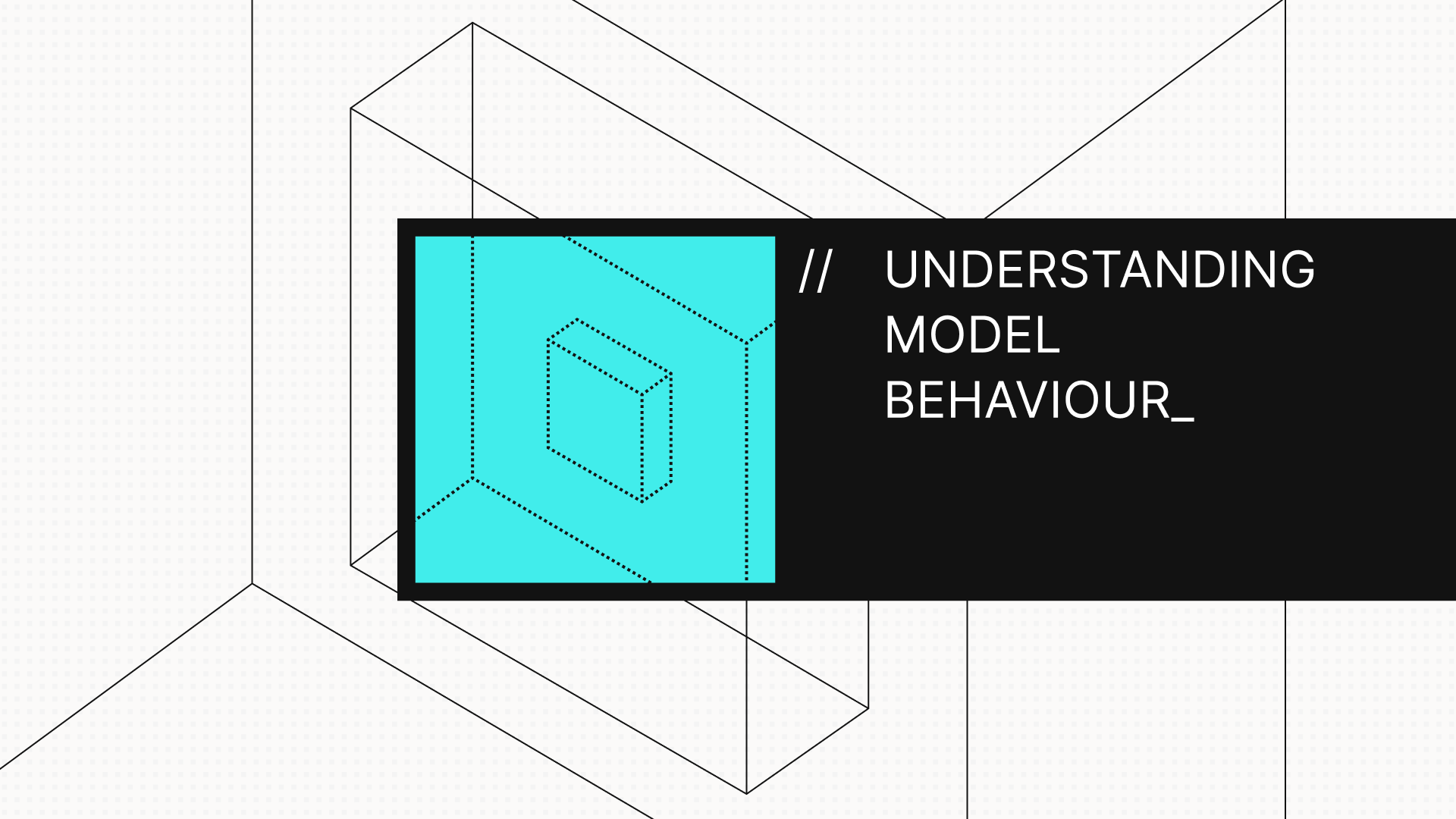Understanding Model Behavior: Why It Matters for Testers

As AI becomes deeply embedded in software quality assurance—especially in test case generation, scenario modeling, and automation—the capabilities of language models like GPT-4o and GPT-3.5 Turbo (o3pro) can significantly influence product quality and velocity.
But not all models are created equal.
This document presents a comparative reflection on how the same prompt results in different test cases across two OpenAI models. More importantly, it dives into why testers must deeply understand model behavior—not just to validate outputs, but to strategically harness the power of AI in testing.
Observed Differences Between GPT-4o and GPT-3.5 Turbo
Depth and Coverage of Test Cases
- GPT-4o tends to generate more real-world applicable, end-to-end, and granular test cases
- GPT-3.5 Turbo leans toward more surface-level, basic functional, and happy-path scenarios
For example:
- GPT-4o includes edge cases like push notification behavior under different OS-level restrictions.
- GPT-3.5 Turbo often misses provisional or denied permission flows, especially nuanced ones like iOS 12+ silent notification delivery.
Quality of Language and Terminology
- GPT-4o uses precise QA terminology (e.g., “foreground token registration fallback”), aligning closely with industry vocabulary.
- GPT-3.5 Turbo’s responses are simpler and sometimes vague, making them less reliable for automation specs.
Sequence Sensitivity
- GPT-4o excels at capturing step-by-step logic and variant branches (e.g., what happens if the user denies notification and then later enables it manually).
- GPT-3.5 Turbo occasionally skips intermediate states or assumes ideal flow.
Use of Platform-Specific Nuances
- GPT-4o is aware of platform distinctions (iOS vs Android permission models, token retrieval methods, OS behaviors).
- GPT-3.5 Turbo often generalizes across platforms and may miss important platform-specific behaviors.
Why Testers Must Understand Model Behavior
AI Is Now Part of the QA Stack
AI is not just a productivity booster—it is a core engine driving test strategy, coverage, and automation. Knowing how a model thinks enables testers to:
- Design better prompts (prompt engineering).
- Interpret results intelligently.
- Preempt blind spots in model-generated cases.
You Can’t Automate What You Don’t Understand
Trusting a model blindly to write your test cases is akin to executing code without knowing the logic. If a model skips failure modes or misrepresents flows, bugs will pass through untested.
Knowing the model’s tendencies allows testers to ask:
“What did the model miss?”
“What assumptions did it make?”
“Which version generated this—can we do better?”
Different Models, Different Strengths
For example:
- Use GPT-4o when you need complete, robust test coverage, exploratory scenarios, or nuanced system behavior.
- Use GPT-3.5 Turbo for basic flows, quick drafts, or high-level smoke test outlines.
Choosing the right model is a strategic decision, not a technical one.
Version Drift Matters
Test cases generated six months ago on a different model may be inferior to today’s outputs. Testers must version control test data just like code—especially when generated via AI. Understanding the model version and its performance characteristics ensures:
- Consistency in regression tests.
- Better root cause analysis.
- Controlled automation behavior.
Key Takeaway Table
| Factor | GPT-3.5 Turbo (o3pro) | GPT-4o |
|---|---|---|
| Scenario Depth | Basic, functional only | Edge cases, deep variants |
| Language Precision | Simple, vague in places | Domain-accurate, professional |
| Flow Handling | Linear, sometimes naive | Robust, multi-path |
| Automation Readiness | Needs rework | Near-ready with minor edits |
Actionable Guidance for Test Engineers
- Always identify the model version when receiving AI-generated test cases.
- Perform model comparison before integrating test cases into pipelines.
- Use GPT-4o for complex or safety-critical systems—it understands the stakes better.
- Establish a review process where AI-generated cases are validated by senior QEs.
- Teach junior testers how to “think like a model”—develop prompt literacy and validation instinct.
🎯 Final Words: The AI-Empowered Tester
The future of software testing is not just about writing test cases—it’s about collaborating with intelligent systems to surface risks faster, smarter, and more reliably.
Understanding how language models work, how they interpret intent, and how they differ in output will become a core skill for next-generation testers.
It’s not just about using AI—it’s about mastering it.
Let your curiosity drive quality.